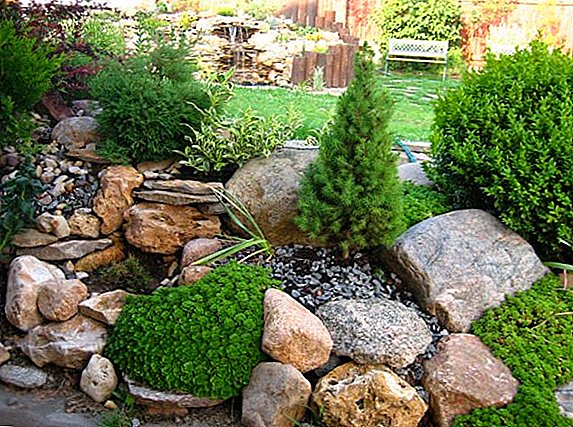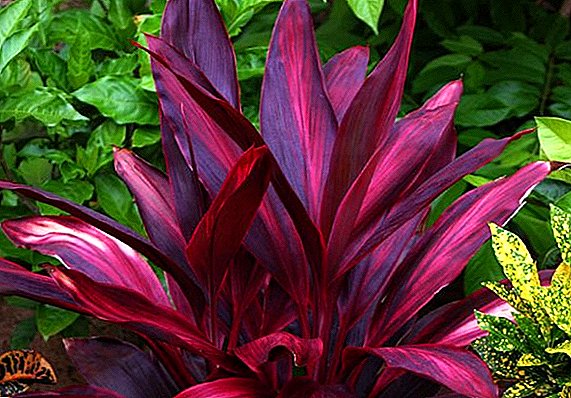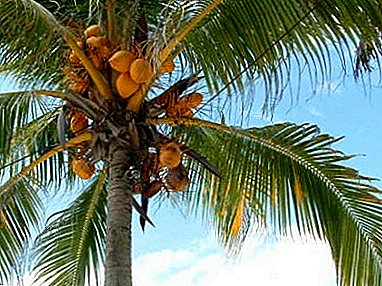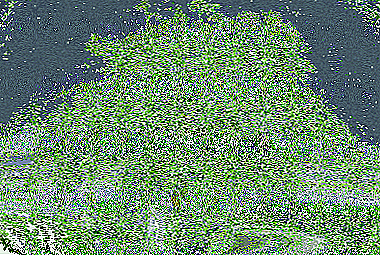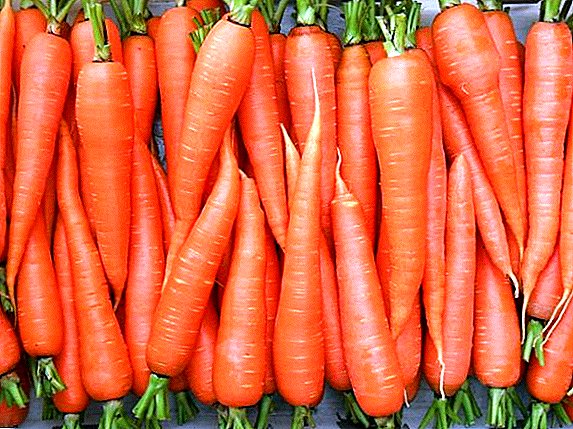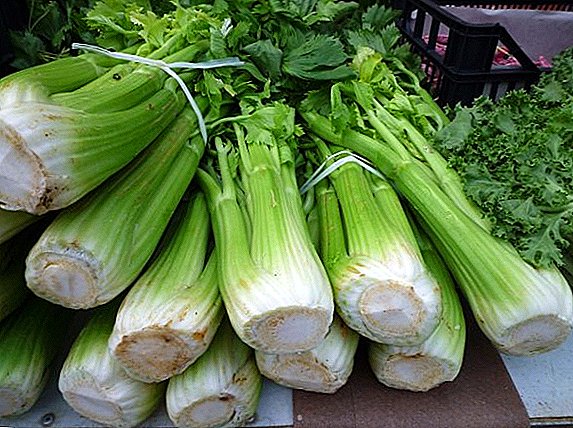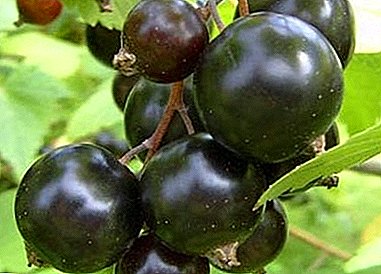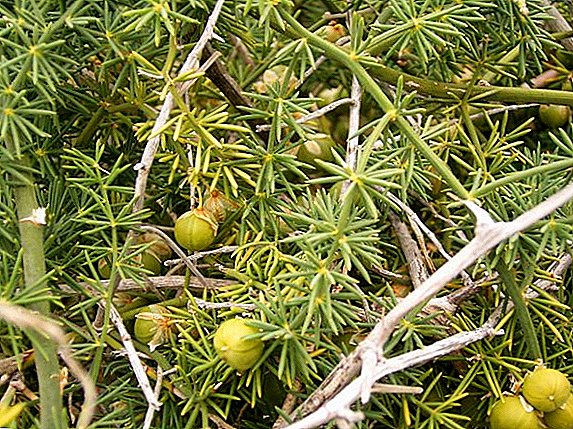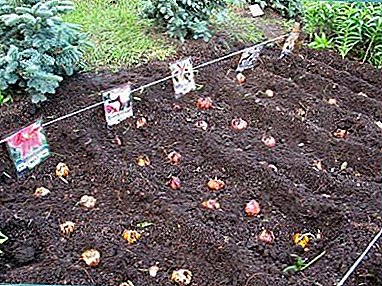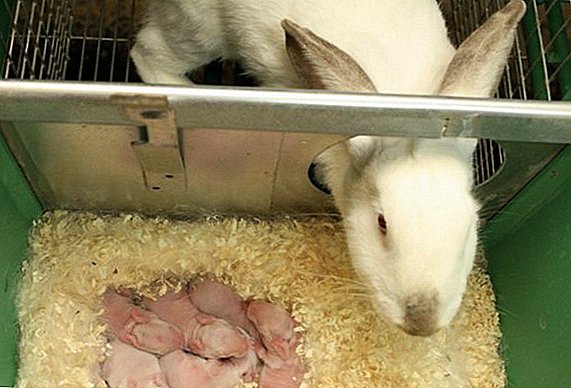 A nursing rabbit must have a sufficient amount of water and an enhanced diet, since at this time her body is under increased stress. In order for the rabbits to grow up healthy, they need to get all the necessary vitamins and minerals with milk. If the food of their mother is not sufficiently diverse, then they will receive less of the necessary substances. Learn how to organize feeding correctly.
A nursing rabbit must have a sufficient amount of water and an enhanced diet, since at this time her body is under increased stress. In order for the rabbits to grow up healthy, they need to get all the necessary vitamins and minerals with milk. If the food of their mother is not sufficiently diverse, then they will receive less of the necessary substances. Learn how to organize feeding correctly.
The diet and feeding rates of rabbits after a year.
During the feeding period the rabbit loses a lot of liquid with milk, so she should always have clean and fresh water available.
Important! If the female suffers from a lack of water or other substances she needs, she can eat her cubs.
The diet of a nursing rabbit should consist of the following products:
- protein feed (peas, corn, beans), pre-soaked for a couple of days (25% of the amount of dry feed);
- mash with the addition of grated vegetables (about 40-50%);
- sunflower cake - 30-50 g;
- succulent feed (carrots, beets and green grass) from 100 to 300 g per day.
 In addition to the main products are also needed:
In addition to the main products are also needed:
- yeast - about 5 g;
- fish oil - 4-5 g;
- bone and bone and bone meal - from 4 to 7 g;
- chalk - 3 g;
- salt - 2-3 g
Read how to determine the rabbit's pregnancy and how to care for animals during this period.
A rabbit weighing about 5 kg during the feeding period should receive 350-700 g of feed per day. And the volume of food needs to be changed every 10 days:
- The first 10 days - 350 g of feed.
- The next 10 days - 440 g.
- From the 20th to the 30th day - 550 g.
- Further 700 g of feed.
It is unambiguous to say how many times you need to feed the rabbit, it is impossible, but the more often the better. It is desirable to feed at one time. The diet in the summer and in the winter are somewhat different. 
Summer
In the summer - a very large variety of succulent fodder. The ration at this time of the year is made up of herbs (clover, alfalfa, nettle, oats and other herbs), vegetables and vegetable tops, peas, beans and maize, young branches of fruit trees.
Important! Juicy grass improves the rabbit's appetite, and she can eat poisonous plants with her. It is necessary to ensure that celandine, dope, buttercup, milestones and other dangerous herbs do not fall into the cage.
In order to avoid abdominal distention, it is impossible to give wet and freshly mowed grass (it needs to be slightly dried).
A very useful product in the summer is dried nettle. It contains a large amount of vitamins and minerals. Nettles can also be dried for the winter.
In winter
In winter, there is no fresh grass, so rabbits are given hay from the same grasses as in summer. The percentage of concentrates increases to 70-80%. It can be purchased mixes, bran, sunflower cake, mash, etc.  Bash for rabbits An important component of the winter diet are mash. They allow you to compensate for the lack of important nutrients. The basis of mash is oats or barley (50-60%), flour from alfalfa (about 30%), you can add bran or corn (10-15%).
Bash for rabbits An important component of the winter diet are mash. They allow you to compensate for the lack of important nutrients. The basis of mash is oats or barley (50-60%), flour from alfalfa (about 30%), you can add bran or corn (10-15%).
It is useful to know which herbs can be fed to rabbits, and which are forbidden to be added to their diet.
We should not forget about such additives as fish oil, bone meal, yeast, chalk and salt, which have already been mentioned.
How to feed a feeding rabbit to increase milk
Per day the female produces 50-270 g of milk. Rabbits should eat at least 2-3 times a day. But sometimes there may not be enough milk, so it’s good to know how to increase its quantity, making changes in the diet:
- increase the lactation of mash with barley, oats, alfalfa, corn and wheat bran;
- milk carrots have carrots with tops, fodder beet, cabbage, rutabaga and turnips;
- Herbs also help: dill, parsley, wormwood, chicory, elecampane - but with the dosage it is necessary to be careful, as essential oils in large quantities can cause the death of the female and toddler
- fruits of mountain ash increase milkiness.
 Milk rabbit milk should not be, because of this she may appear bloated.
Milk rabbit milk should not be, because of this she may appear bloated.Possible problems
Even a healthy female after childbirth can have problems. She may have lost her milk, she stops feeding rabbits or stops eating herself. However, it should be remembered that the female does not begin to feed immediately. But if the kids remain hungry and on the second day, you need to look for the cause.
Did you know? In Australia, rabbits are considered dangerous pests. They cause $ 600 million in damage each year. Therefore, keeping them as pets is prohibited. The maximum fine for this is $ 30,000.
Hormonal imbalance
Hormonal failure in females causes a state of wild hunting. She can throw offspring, give birth to rabbits outside the nest, and even trample them. Such a mother should be separated from the kids for several hours and mated. After covering the release of hormones decreases and it calms down, and, if there are no other problems, begins to feed the offspring.
Stressful situation
The childbirth itself can cause a state of stress in the animal - this is especially characteristic of young females. Also, stress can cause a sense of danger. Therefore, it is not recommended to disturb the animal for no apparent reason, often take out rabbits or clean the cage - in general, try not to create stressful situations. And if the stress is caused by childbirth, then usually the rabbit calms down after a couple of hours. Soon she will get hungry, after which she will eat herself and feed the cubs.  Sometimes after a rabbit, it can become very aggressive, but you should not worry and be angry with her for it. So very often anxiety about the offspring. Care should be taken in caring for such a female and her cubs. As the babies grow older, the mom's aggression will begin to subside.
Sometimes after a rabbit, it can become very aggressive, but you should not worry and be angry with her for it. So very often anxiety about the offspring. Care should be taken in caring for such a female and her cubs. As the babies grow older, the mom's aggression will begin to subside.
We recommend to learn how to make a bunker trough and a bunny sender for rabbits with your own hands.
First birth
In female primiparas, the maternal instinct may not manifest immediately. To solve the problem, you need to move the rabbit to a warm and comfortable place, put it on your back and bring the rabbit to her nipples. But sometimes problems may arise more seriously - for example, the female can bite babies. However, this is often due to inexperience: it can help the baby be born and inadvertently cause harm. Most often the next time it is not repeated.
To make sure there is milk, you need to press your fingers on the nipple. If a drop appears, then everything is in order. If the rabbit has no milk, you need to carry it to the vet. The drug Oxytocin will help here, but it will not have the desired effect if milk is absent for more than 2 days.  If nothing has helped, the cubs should be "thrown" to another mom. Babies need to put in the middle of the nest and cover with down, so they acquired the "native" smell.
If nothing has helped, the cubs should be "thrown" to another mom. Babies need to put in the middle of the nest and cover with down, so they acquired the "native" smell.
Self-feeding rarely leads to a positive result.
Did you know? Female Amy from England (city of Worcester) - the largest rabbit in the world. It weighs 19 kg, has a length of about 1.2 m, and its offspring is 32 rabbits.
In order not to have any problems in front of the okol, you need to build a comfortable “bed” for the female, feed her properly and not disturb her. Then everything will go well, and mom and babies will be healthy. However, they need to be carefully monitored in order to take action in time in case of any problems.


